A Short History of the Beginnings of the Blue Ridge Naturalist Program
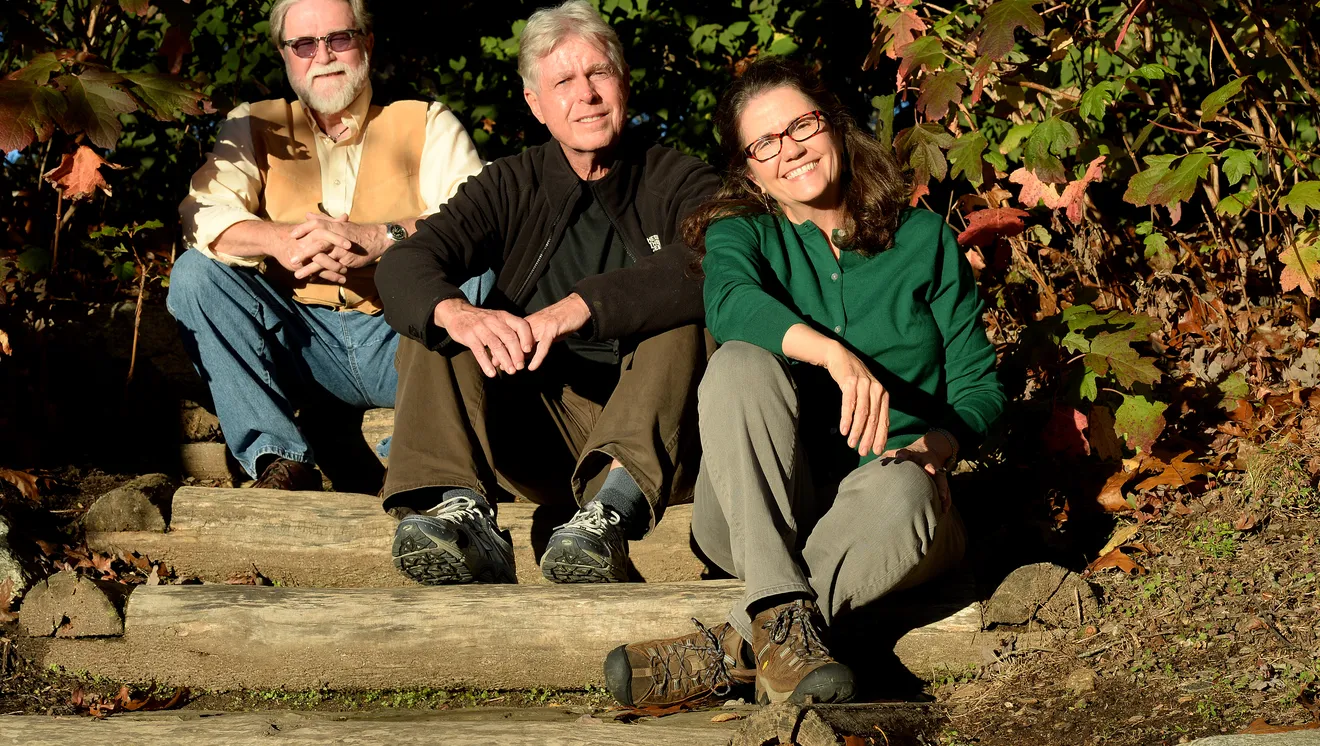
In 2002 Jesse Wilder attended a 10-week residential program in Ecoliteracy at Genesis Farm in New Jersey. There she delved into the story of the unfolding Universe, Earth’s story, and wisdom traditions that have shaped how humans have related to Earth. After coming home to Asheville, she wanted to study the bioregion of the Southern Blue Ridge, but could only find bits and pieces of what she wanted to know.
A friend suggested that Wilder propose a course of study to the North Carolina Center for Creative Retirement (NCCCR), now known as OLLI (Osher Lifelong Learning Institute). She wanted to create a comprehensive program that would allow interested students to become well-rounded in their knowledge of the unique region in which they live. She envisioned the development of a community of learners and citizen scientists who would spread knowledge of what they had learned and transmit a desire in others to preserve the natural world of the Blue Ridge.
In 2003 Wilder presented a proposal to the leadership at NCCCR and they were both interested and skeptical. They were skeptical for several reasons. First, they didn’t know her; secondly, they didn’t know if there would be enough people interested to support the program; and lastly, she wanted to pay the teachers, which wasn’t done at NCCCR. To address their concern of not knowing her, Wilder agreed to coordinate an unrelated leadership program for low-income seniors in 2004 and 2005.
A survey of over 250 members of local environmental groups was taken to gauge their interests in a program like the Blue Ridge Naturalists.s The results were very positive. In 2005 Wilder brought an advisory group together. Among that group were naturalist and photographer Scott Dean, former director of education at the Western North Carolina Nature Center Dan Lazar, and naturalist and educator Carlton Burke.
A curriculum for a certificate of merit program was designed. The first classes were offered in the fall of 2005. Lazar taught Fall Trees and Dean taught Fall Wildflowers. The classes maxed out the number of participants in the first hour of registration, and second sessions were added.
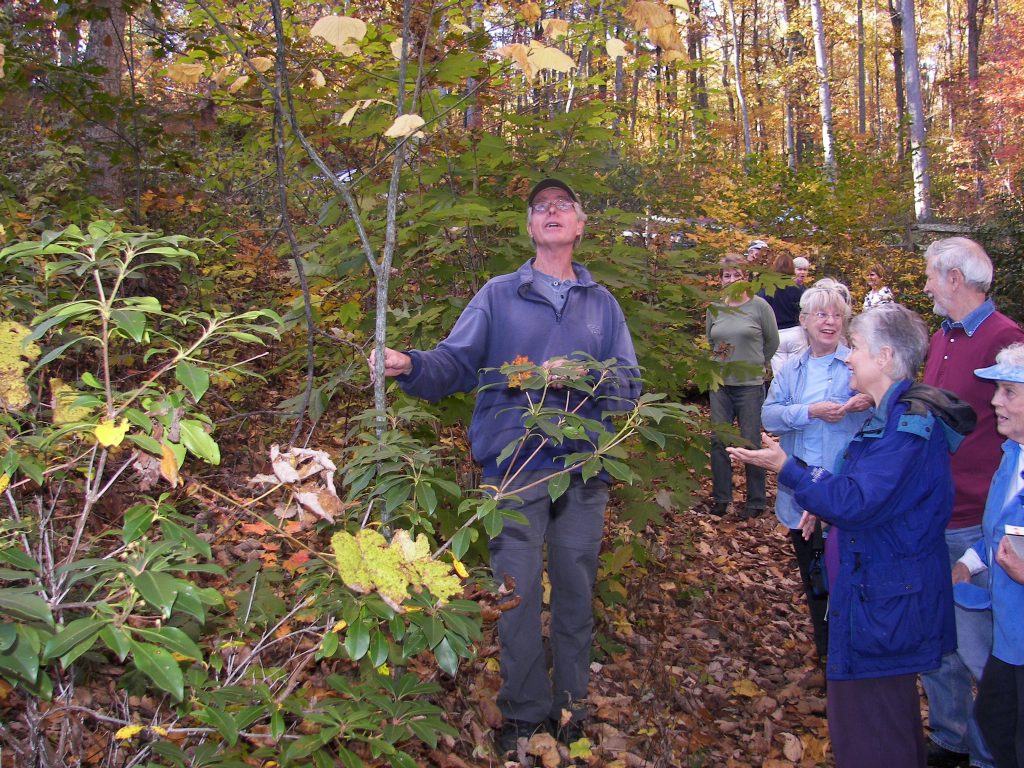
In 2006 more teachers were recruited to share their knowledge and passion. The group laid out the course work to earn a certificate of completion and had a core group of students willing to complete the requirements. Wilder coordinated the first Discovering a Sense of Place class which was a year-long course of study that took students on a journey through time and territory to gain a deep understanding of the evolving story of the Southern Blue Ridge and their place in it.
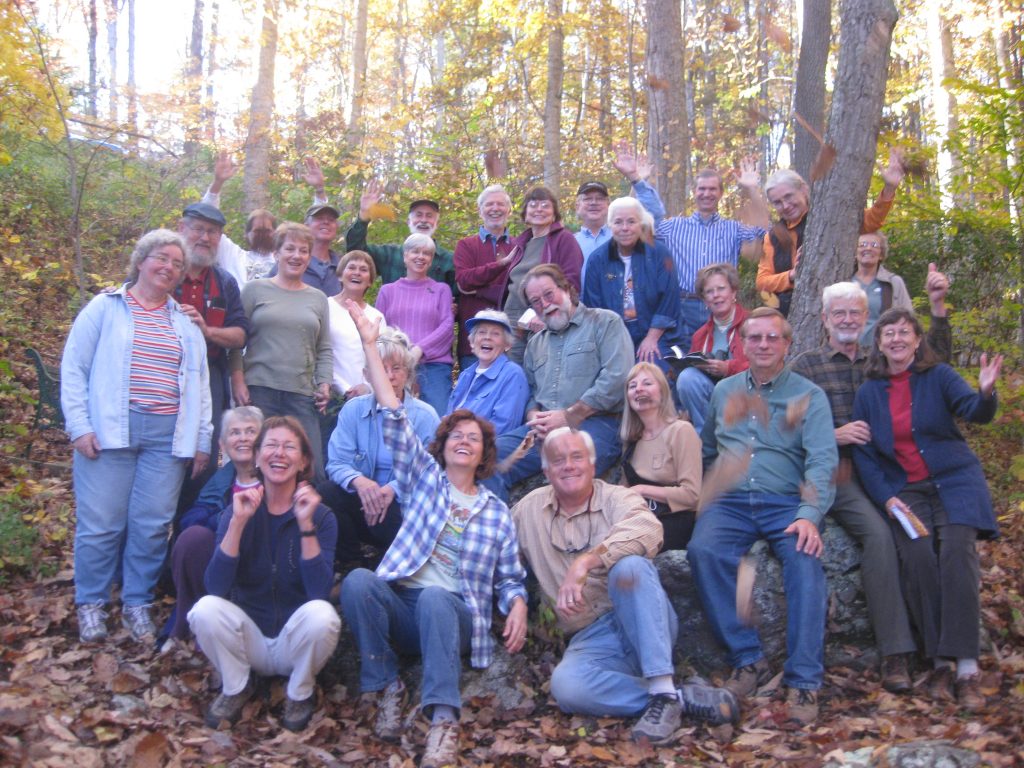
The core classes for the certificate included: Geology/Meteorology; Ecology; Botany; Zoology; River Ecosystems; Amphibians and Reptiles; and field studies in wildflowers, trees, and birding; and lots of workshops. Wilder had a lot of freedom to create workshops. When she found someone she thought would be interesting and fun, she just sent an email out to the student list and easily filled up 1- or 2-day workshops. Some of these workshops included mushroom walks; making and using plant dyes; mead making; and night time bat tagging.
In 2007 the BRN continued to grow. The group was able to give the instructors a small raise. They were able to plug into a network of people in Western NC who supported what they were doing and who in turn were supported. The participants had a lot of fun. There were potlucks and gatherings and small fundraiser walks lead by naturalists Marilyn Kolton and Lou Dwarshius; the instructors were roasted at parties, ands, and lots of friendships were made. A grant was received from the Elisha Mitchell Audubon Society to purchase field guides, binoculars, and texts on birdsong.
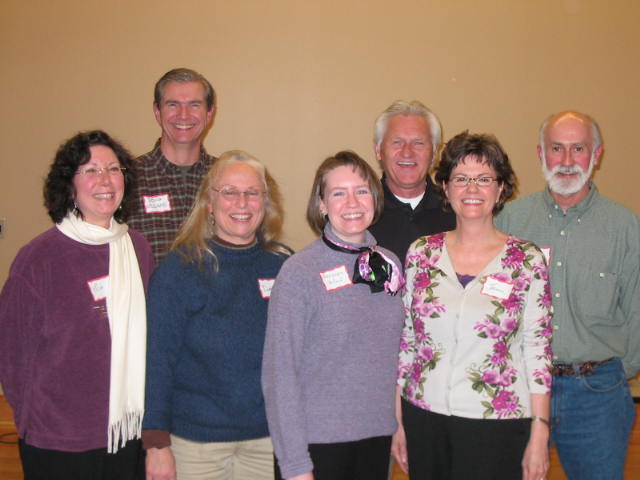
In January of 2008 the first group of students to earn their BRN Certificate of merit graduated and Wilder was proud to be among them. In 2008 course enrollments were down and the leadership of NCCCR decided that they would end the BRN as of March of 2009. A few instructors and several students met with the Education Department leaders at the North Carolina Arboretum and proposed moving the program there. In November of 2009 a memorandum of understanding was signed to make the NC Arboretum the BRN’s new home. Classes began at the Arboretum in February of 2010. Wilder will be forever grateful to the Arboretum for adopting the BRN. It is the perfect home for the program.
The Blue Ridge Naturalist could not have been created without a big team of people who were willing to give it a chance: NCCCR leadership for sponsoring the program; the Community Foundation for kicking in startup money; instructors who worked for low wages; students who showed up ready to learn; community organizations who helped promote the program among their members; and the NC Arboretum staff for taking a fledgling program and turning it into a program of excellence.
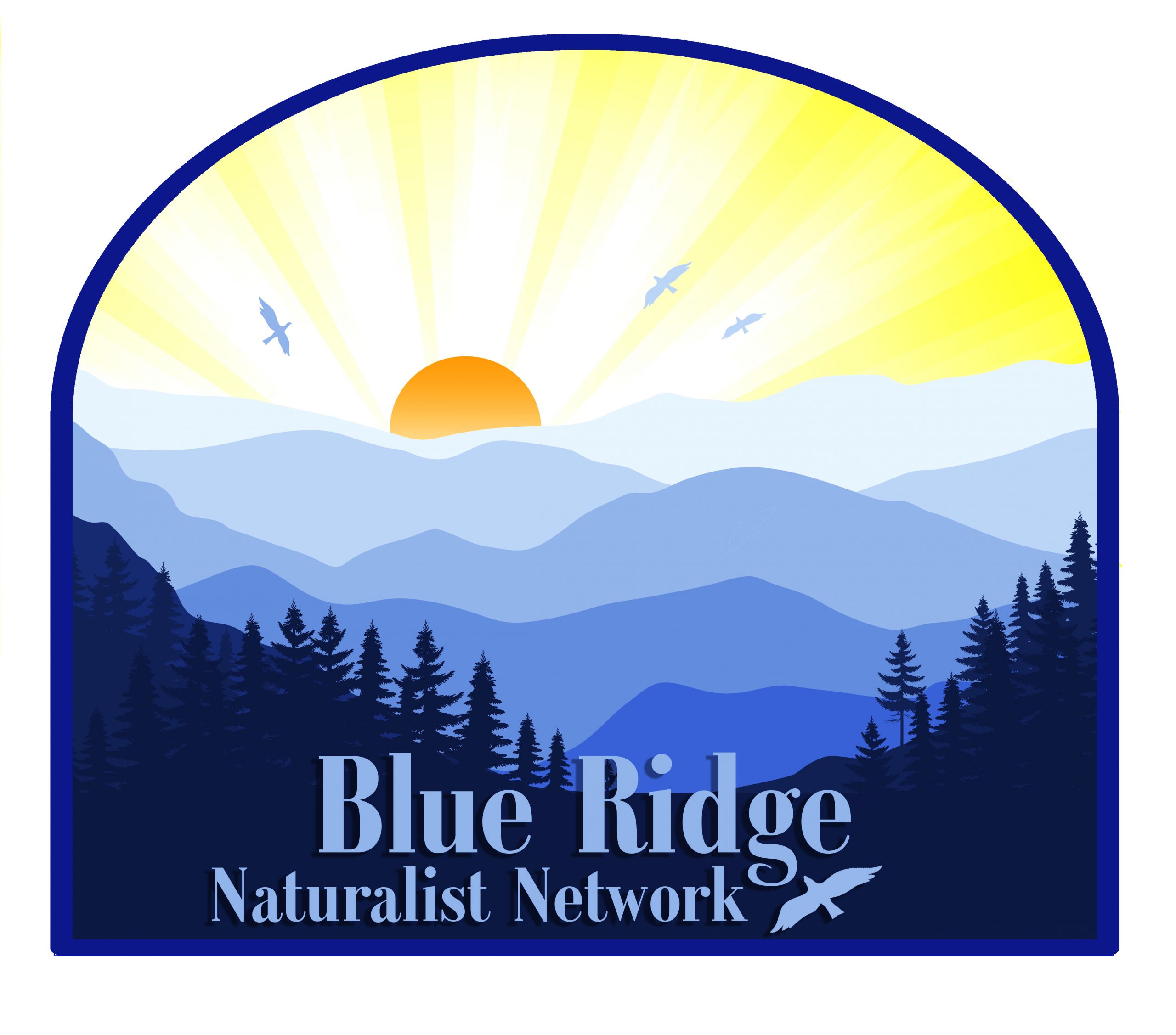
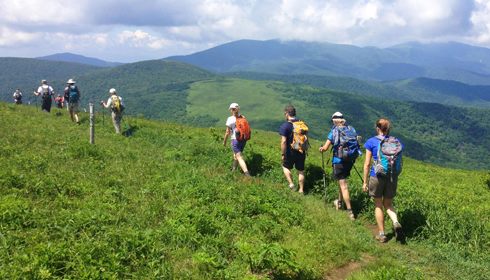




24 comments